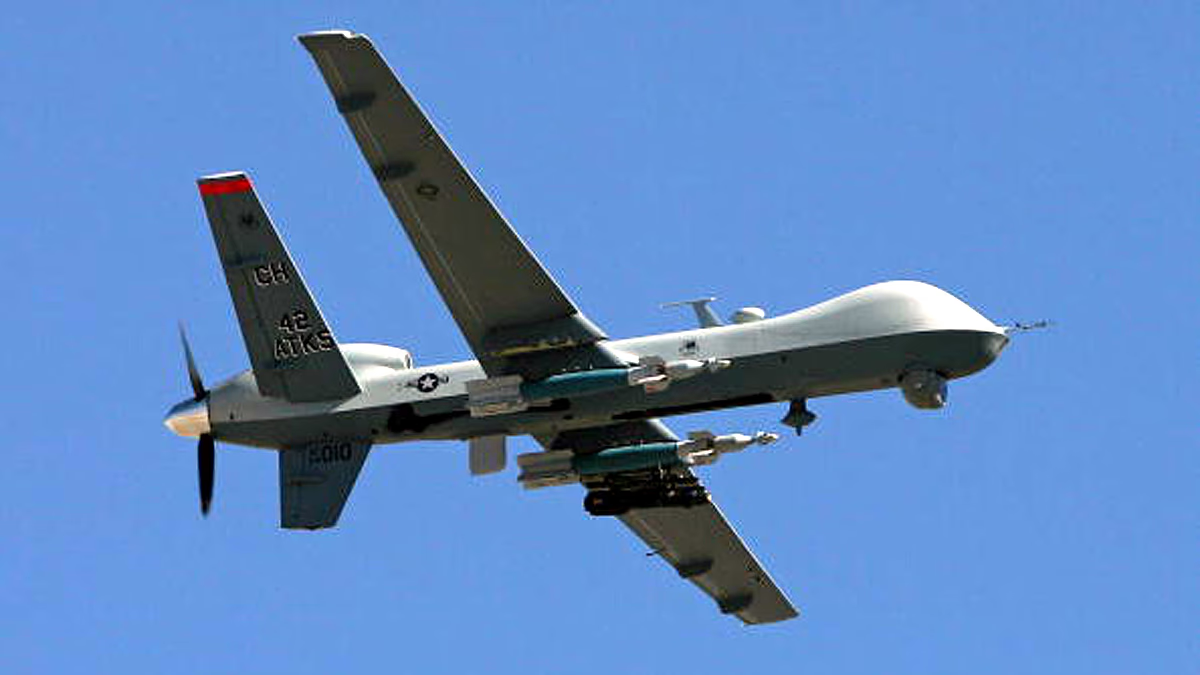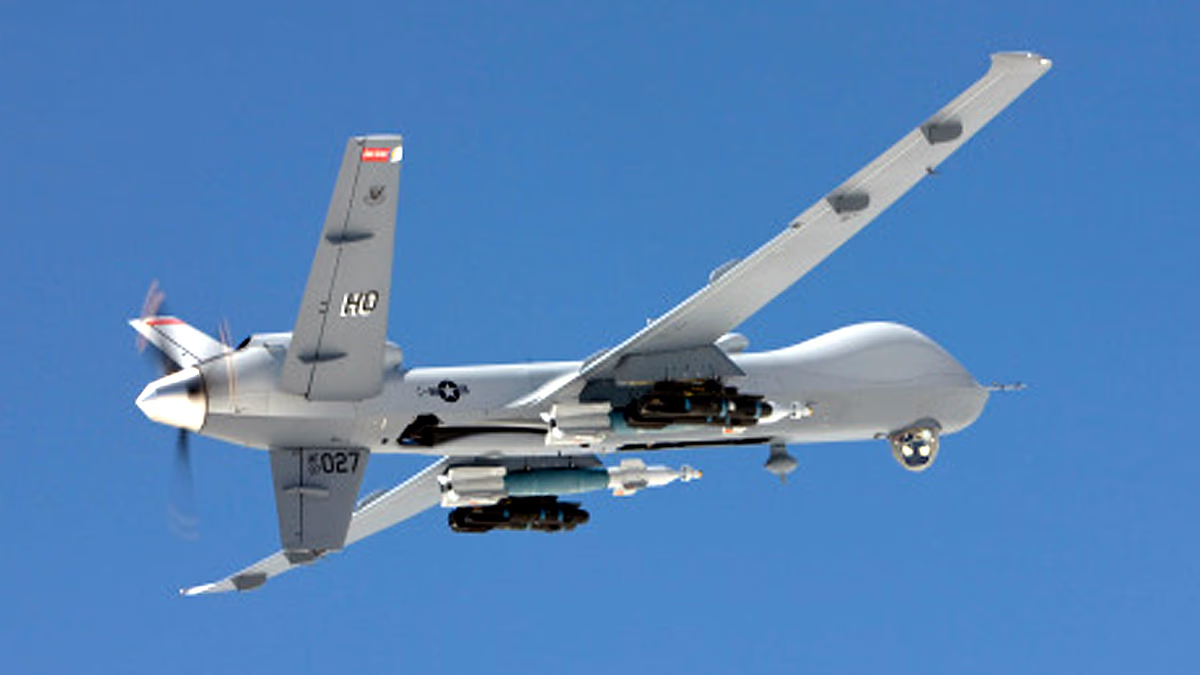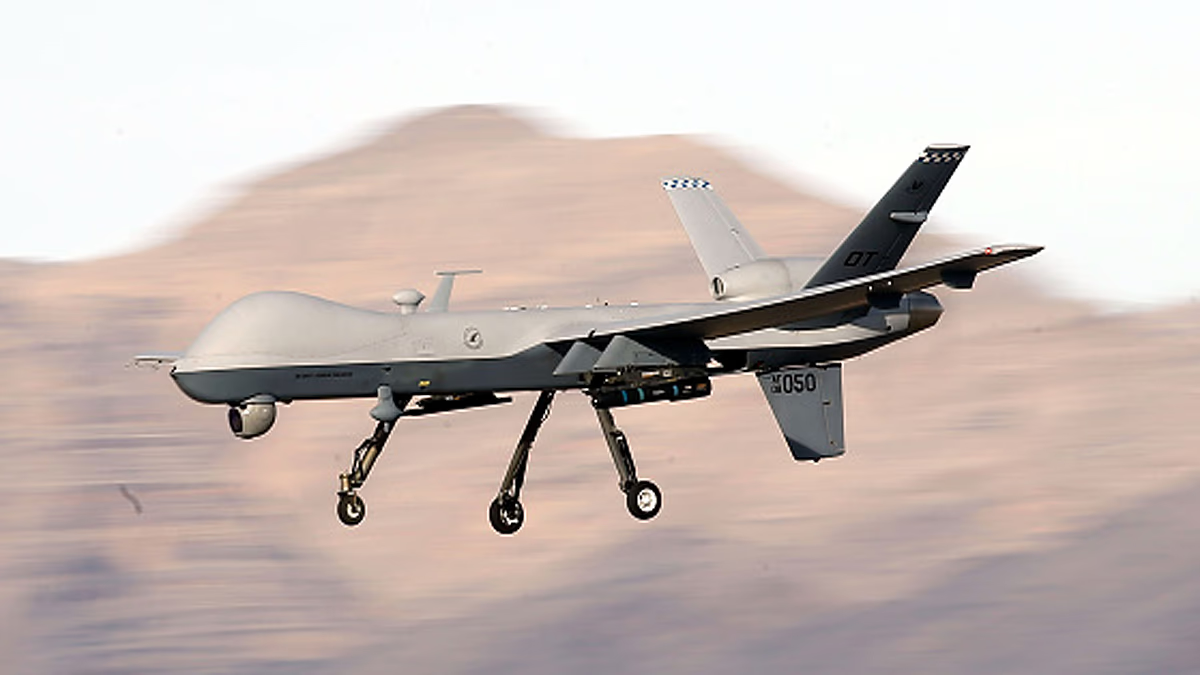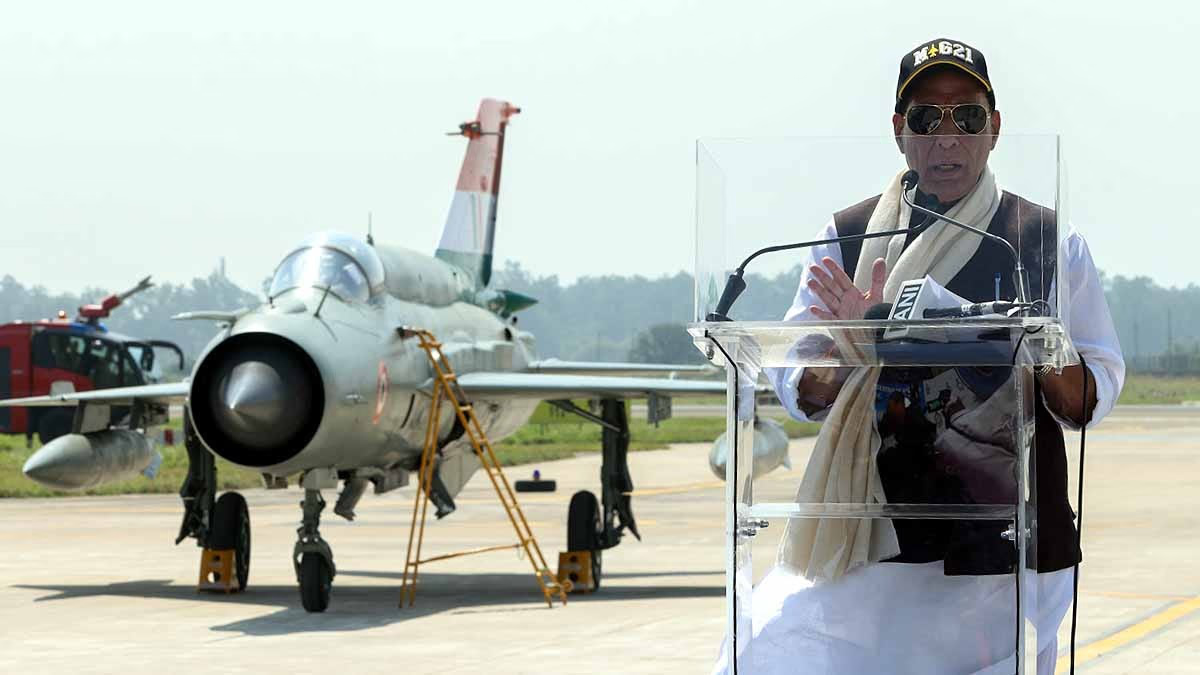To boost the surveillance and lethal precision attack capability of the Indian Navy, a deal is being made for 31 MQ-9B hunter-killer drones from the US. The last date for this deal is October 31, 2024. If the deal is not signed by this date, it will close, and all the documents will have to be remade, which can cause significant delays.
Defense sources told India Today that the proposal from the US has a deadline of October 31, 2024. India will pay 320 billion rupees for 31 drones. Officials from both countries need to sign the agreement. The Navy plans to complete all paperwork before the deadline so that the deal can be signed.
Also Read: Deal for Air Force's Su-30MKI Fighter Jets: HAL to Produce 240 Engines for 260 Billion Rupees

Source: aajtak
Last year, from June 21 to 24, Prime Minister Narendra Modi visited the US. During this visit, the US proposed 31 HALE drones. HALE stands for High Altitude Long Endurance, meaning these MQ-9B hunter-killer drones can fly at higher altitudes for longer durations. They are also known as Predators or Reapers.
The Plan is to Finalize the Deal Soon
The plan of the Indian armed forces is to arm these 31 Predator drones with indigenous weapons. There is also preparation for assembling the drones in India, but this plan has been postponed to finalize the deal quickly. This is because the American company that manufactures them, General Atomics, does not want to transfer the technology.
Additionally, the US has proposed that whenever India develops its HALE drone, American experts will assist. Three hubs will be created for these drones, one in North India, another in the South, and a third in the Northeast. Currently, two leased Predator drones are stationed at INS Rajali in Chennai.
Also Read: Russia Fired North Korea's Hwasong-9 Missile at Ukraine... Know Its Might

Source: aajtak
Discover the Unique Features of This Drone...
MQ-9B Predator is the world's most dangerous drone. Previously, it was reported that these drones would be deployed at four locations: INS Rajali in Chennai and Porbandar in Gujarat. The Indian Navy will operate them. The Air Force and Army will operate them at the air force bases in Gorakhpur and Sarsawa because they have the necessary long runways.
From the Gorakhpur and Sarsawa bases, it will be easier to monitor the Line of Actual Control with China, Ladakh, and Arunachal Pradesh. Fifteen drones will be used for maritime surveillance, while the remainder will monitor the borders with China and Pakistan.
Also Read: Agni-4 Missile: Successful Test by India of the Nuclear Missile Agni-4, Which China and Pakistan Fear
This drone was used to kill Al-Qaeda leader Ayman al-Zawahiri. It can be deployed for any mission, such as surveillance, espionage, gathering information, or stealth attacks on enemy positions. It is capable of long-term, high-altitude surveillance.

Source: aajtak
Range of 1900 km with 1700 kg Weapons
This drone has a range of 1900 km and can carry 1700 kg of weapons. Two computer operators control it from a ground station, operating it like a video game. The drone is 36.1 feet long, with a wingspan of 65.7 feet and a height of 12.6 feet. The empty weight of the drone is 2223 kg.
The drone has a fuel capacity of 1800 kg, and its speed is 482 km/hr. It can detect and attack targets from an altitude of 50,000 feet. Generally, it operates at an altitude of 25,000 feet.
Also Read: Lockheed Martin Wants to Sell India the F-16V Super Viper Fighter Jet. What Makes It Special?

Source: aajtak
Seven Hardpoints: Equip with Missiles or Bombs, or Both
The MQ-9 Predator is armed primarily with missiles. It has seven hardpoints: two inboard stations, two middle stations, one outboard station, and one center station. It is equipped with 4 AGM-114 Hellfire missiles, which are highly accurate air-to-ground missiles.
Additionally, two laser-guided GBU-12 Paveway II bombs can be equipped. Besides these, different kinds of weapons such as GBU-38, a Joint Direct Attack Munition, and Brimstone missiles, can be used. All weapons can be customized as per the requirements.




